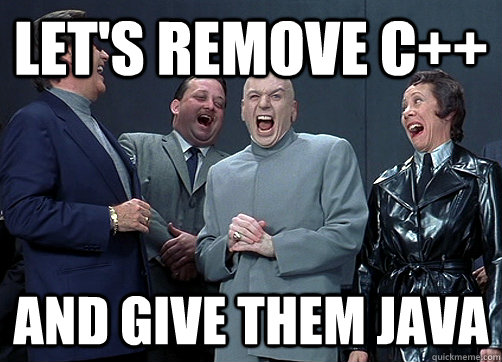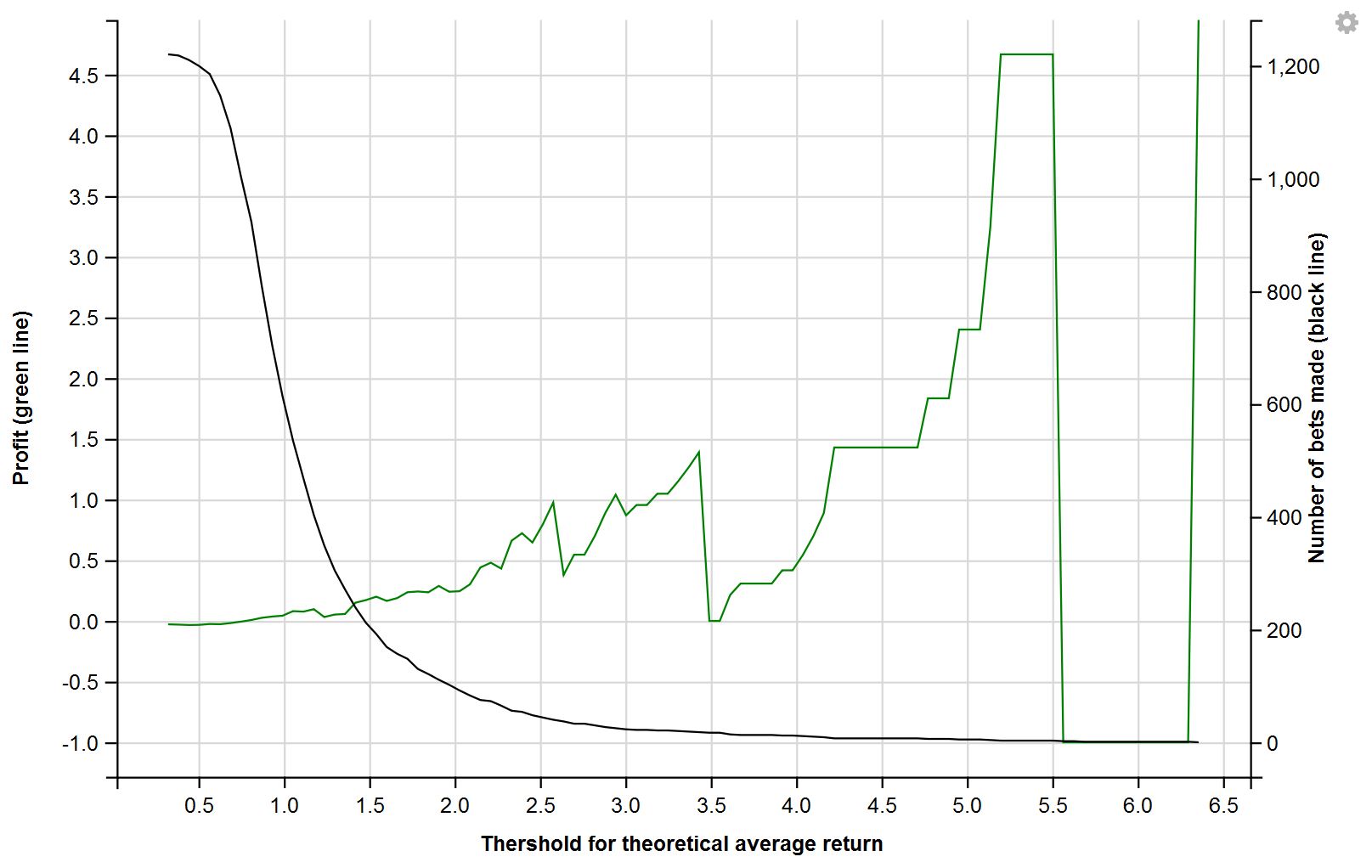Moore’s Law won’t end. Even when it ends it won’t end.
The Law follows that more components can be crammed into an integrated circuit with developments in technology over time. However transistors are getting so small that current leakage becomes a greater issue. In short this means there needs to be an amount of empty space between transistors for them to work predictably and without predictability you can’t build computers. This “empty space” (dark silicon) means even if we were to make transistors infinitely small, there would still be a finite limit on how many we could fit on a chip.
For electrical transistors at least, the current wording of Moore’s Law is ending. I won’t prophesies a paradigm shift to optical or quantum computers to take the next leg; although on the way they will not arrive in time. It won’t end for a much simpler reason…
What’s this doubling business?
The idea of doubling in “performance” always was a myth. Even in the frequency scaling hey-day we saw diminishing returns but a doubling in something sure was a good reason to buy a new computer. With recent CPU architectures we’ve only been seeing ~10% increase in performance for a die shrink and ~20% for a full nano-architecture redesign, which is why for many system owners the hardware refresh cycle can be five or more years.
Why it won’t end:
It’s not a law governing what will happen but an observation on what has happened. The prospect of selling computers funds innovation IT so marketeers will just adapt the law to observe something else. We old hats know this won’t be the first time. The real world implication of Moore’s Law is you buy a new computer every few years, which is why though the wording may change The Law will continue. And the myth of doubling with it.

